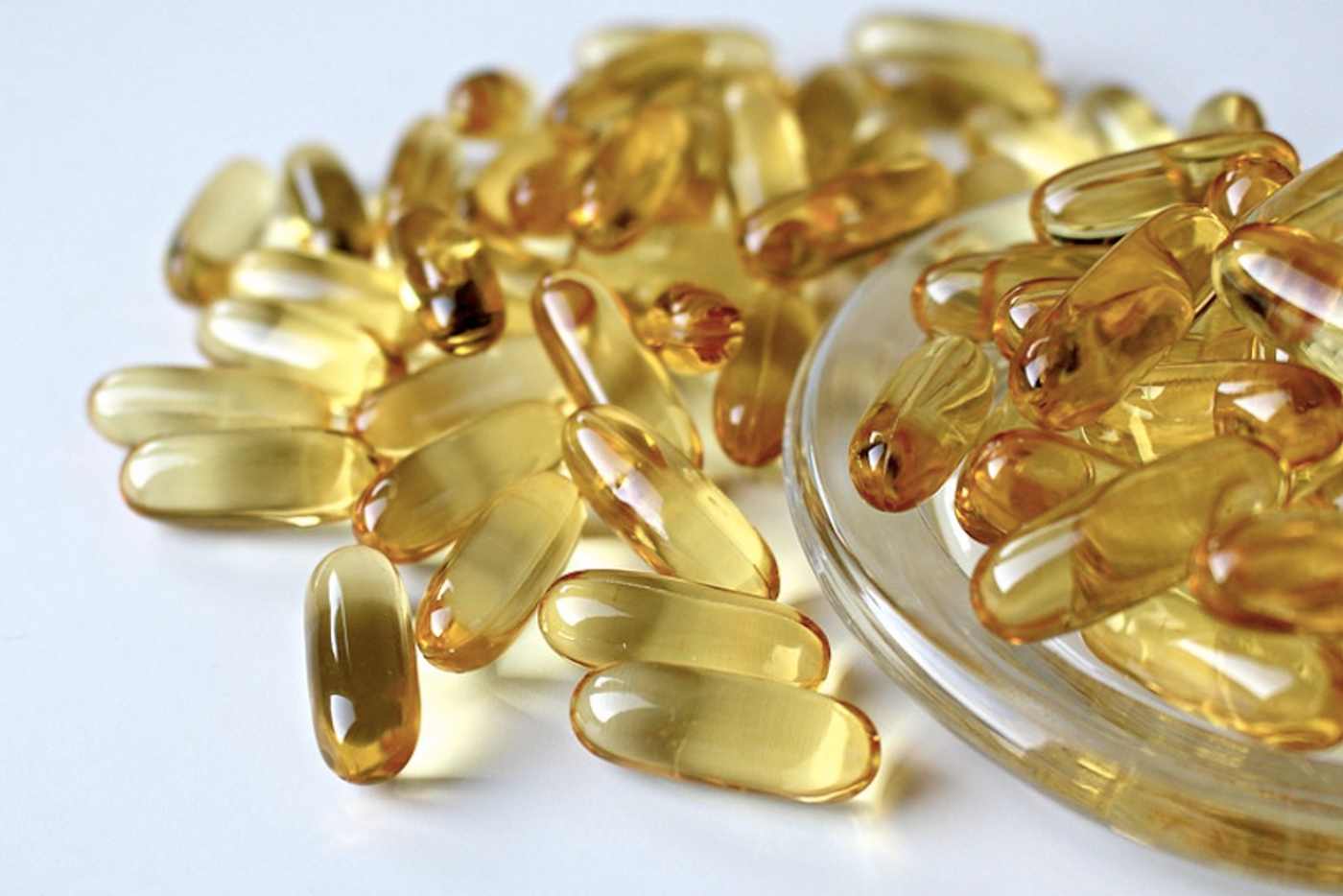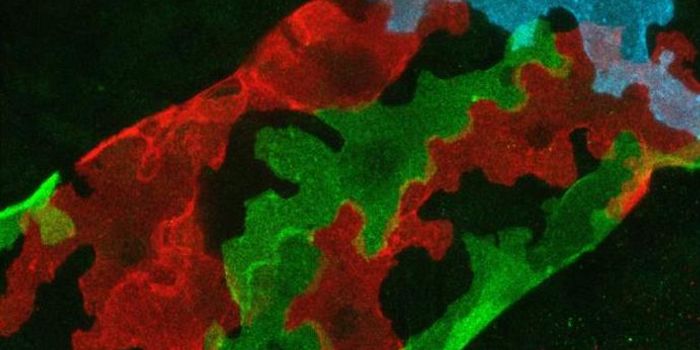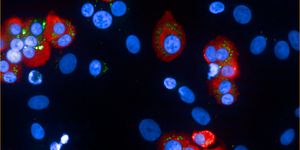Fish Oil Protects Vision Cells From Future Damage
Fish oil, made from fatty fish like tuna, salmon, and mackerel, is commonly taken as a supplement for a variety of health benefits. Now researchers have shown that it can help protect cells in the eye that are critical to our sense of vision, from future damage. Their work, reported in the journal Cellular and Molecular Neurobiology, has demonstrated that DHA, an omega-3 fatty acid, and its docosoanoid derivatives, act on photoreceptor and retinal pigment epithelial (RPE) cells, preconditioning them to survive.
Preconditioning is a process that shields cells, so they are protected from some future damage or harsh state. In this research, the investigators define the preconditioning phenomenon as a drug that delivers a stressful, but non-lethal, blow which activates a protective countermeasure against a future lethal stress. One example of it is when the blood supply to an organ is cut off for awhile and then restored. Such an injury would cause a protective response that has a residual effect on another blood supply interruption.
"Our findings support the proposed concept that DHA and docosanoids (molecules made in the brain at the onset of injury or disease) are responsible for activating sustained cellular mechanisms that elicit long-term preconditioning protection," said Nicolas Bazan, M.D., Ph.D., Boyd Professor and Director of LSU Health New Orleans Neuroscience Center of Excellence.
Researchers are starting to drill down to the mechanisms that underlie the beneficial action of fish oil, and where it exerts its effects. “This happens in the heart, brain, and retina, as well as other organs," Dr. Bazan said. "To harness the therapeutic potential of preconditioning, it is very important to identify the molecules directly involved."
There are two types of polyunsaturated fatty acids (PUFAs) in fish oil, omega-3 (docosahexaenoic acid or DHA) and omega-6 (arachidonic acid or AA). They each have their own mode of action. See more about them in the video. Omega-3 PUFAs and docosanoids, made after the enzymatic breakdown of omega-3 PUFAs, have potent anti-inflammatory properties, compared to the pro-inflammatory actions of omega-6 PUFA derivatives. The researchers discovered that although they get released together, DHA has an impact on the action of AA. When DHA was introduced before the oxidative stress insult, there was an increased production of protective DHA derivatives, and the synthesis of AA went down over time.
"Our findings demonstrate that DHA and the induction of docosanoid synthesis [are] necessary for preconditioning protection, and thus daily survival, of photoreceptor and RPE cells," noted Bazan. "Since omega-3 impairments are associated with neuroinflammation, which contributes to photoreceptor cell dysfunction and death, enhancing the synthesis of docosanoids may provide an opportunity for halting or ameliorating debilitating retinal degenerative diseases, such as the dry form of age-related macular degeneration," concluded Bazan.
Sources: AAAS/Eurkalert! Via Louisiana State University Health Sciences Center, Cellular and Molecular Neurobiology









